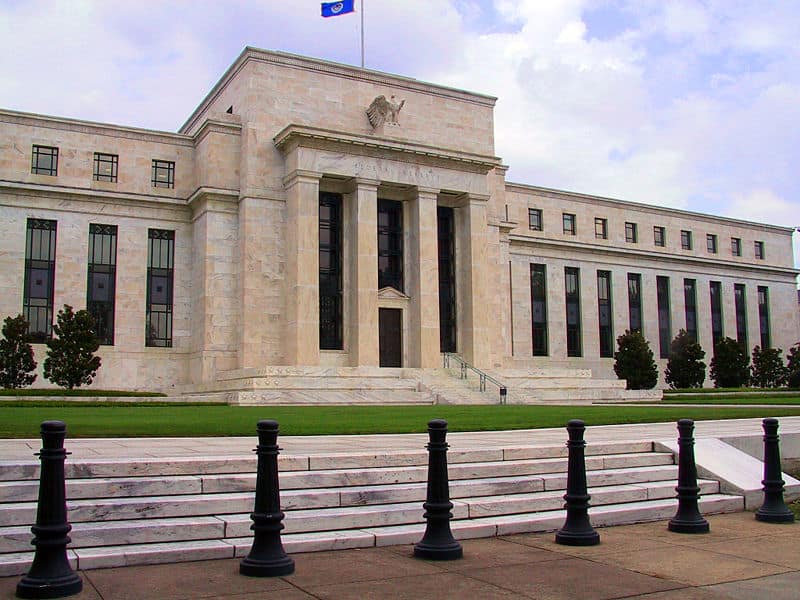
Eight of the largest banks in the US will have to raise a further $120 billion under new rules proposed by the Federal Reserve on Friday.
The Fed’s new requirements have been created to ensure that banks will be able to withstand another crisis by turning debt into equity without disturbing markets and requiring help from the government.
Banks will need a debt and a capital cushion equal to 16 percent of risk-weighted assets by 2019 and 18 percent by 2022.
The eight banks are JPMorgan Chase, Citigroup, Bank of America, Goldman Sachs, Morgan Stanley, Bank of New York Mellon, State Street and Wells Fargo.
According to The Financial Times, a senior Fed official said that the banks “don’t need to go out and raise massive quantities of new debt”, as they could meet the requirements by shifting debt from subsidiaries to parent companies or moving debt that will soon mature to longer maturities.
Fed Chair Janet Yellen said in a statement that the proposal, along with another measures introduced by regulators, “would substantially reduce the risk to taxpayers and the threat to financial stability stemming from the failure of these firms.” She added that the plan is “another important step in addressing the ‘too big to fail’ problem,”
Earlier this year the Fed introduced new rules requiring banks to increase their financial bases with about $200 billion in additional capital.
New rules on capital requirements for banks were created by Congress following the financial crisis in 2008 which caused the worst economic downturn since the Great Depression. The crisis led to the collapse of eight Wall Street mega-banks, which were deemed “too big to fail”, and received hundreds of billions of dollars from the US taxpayer.
